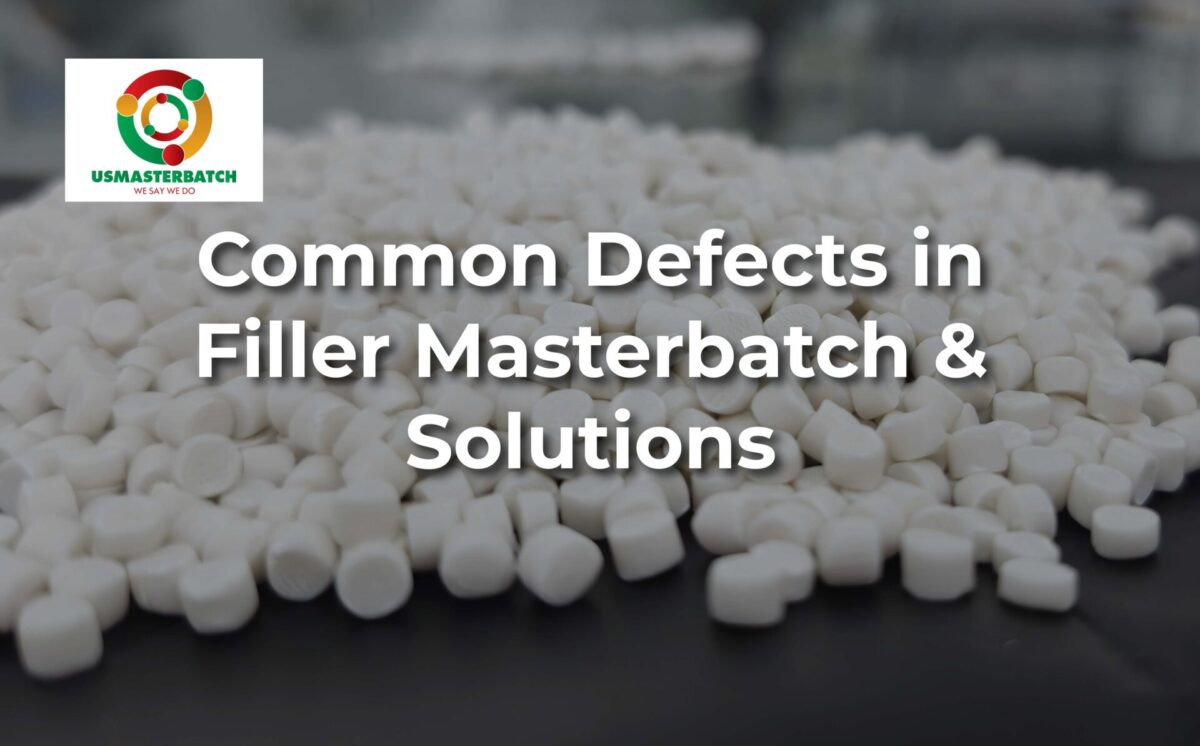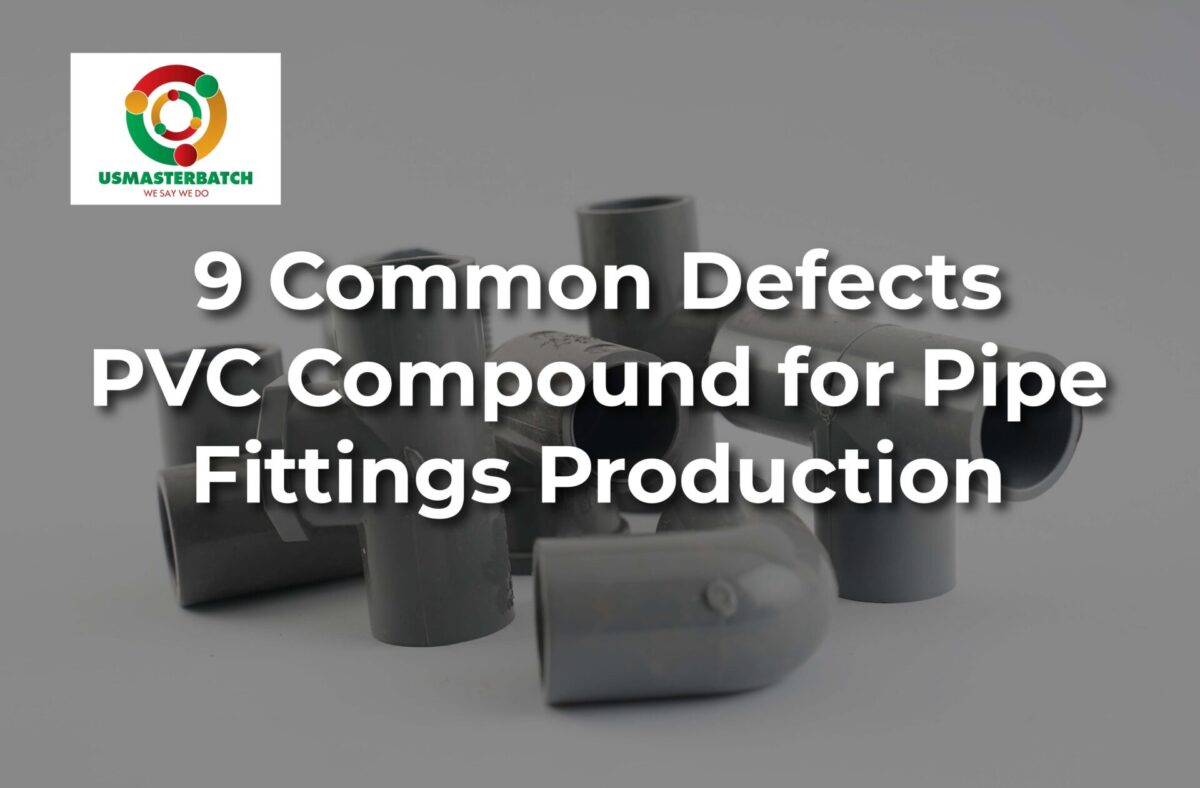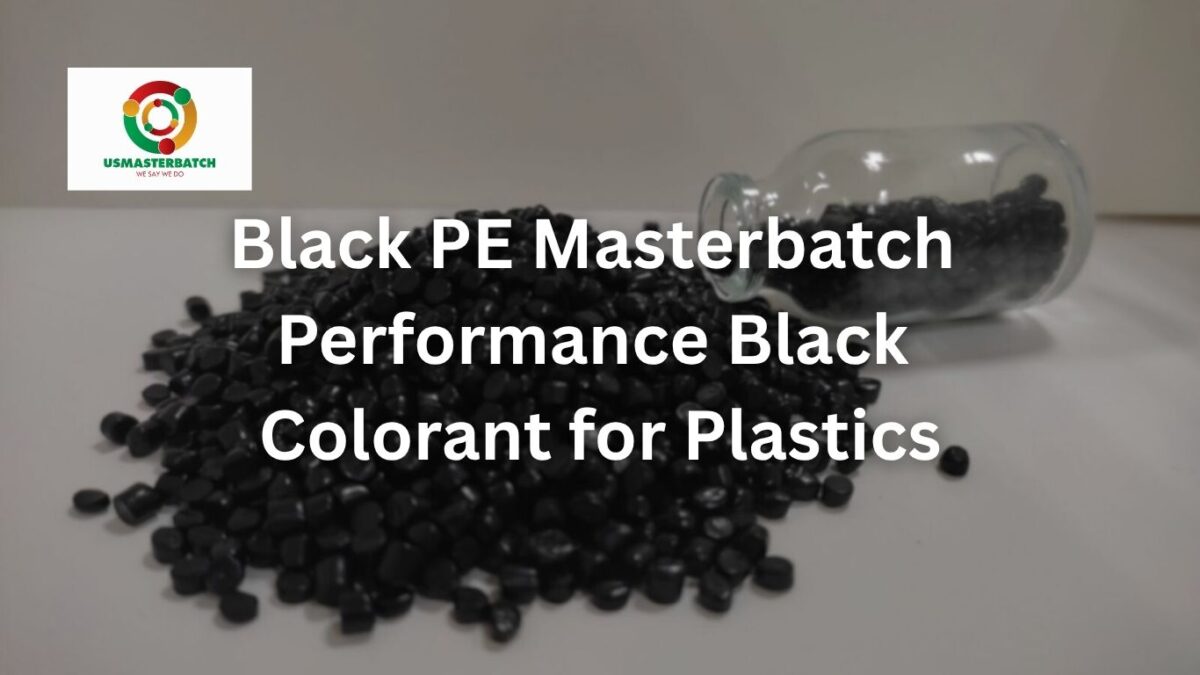
What Is Biodegradable Hemp Plastic? Benefits and Applications
As plastic pollution becomes a global concern, the materials industry is rapidly shifting from traditional petroleum-based plastics to biodegradable alternatives. Among them, biodegradable hemp plastic – a plant-based plastic derived from hemp – has emerged as a highly promising green material thanks to its natural origin, fast biodegradability, and strong mechanical properties. It is considered a sustainable solution for a wide range of sectors, including packaging, consumer goods, fashion, and industrial components.
What is biodegradable hemp plastic?
Biodegradable hemp plastic is a type of bioplastic made from cellulose extracted from the hemp plant’s stalk. Hemp contains a high level of cellulose, which makes extraction easier and more efficient than many other crops. Hemp-based bioplastic can be produced in different forms:
- 100% hemp bioplastic: fully bio-based, with no petroleum-based plastic
- Hemp biocomposites: cellulose blended with PLA, PHA, starch, or other biodegradable polymers
- Hemp-filled plastics: partly bio-based, replacing a portion of petroleum-based polymers to make products more eco-friendly
Thanks to its natural structure, hemp plastic can biodegrade under proper conditions of moisture, temperature, and microbial activity. The decomposition period ranges from several months to a few years — far faster than petroleum plastics, which can take centuries to break down.
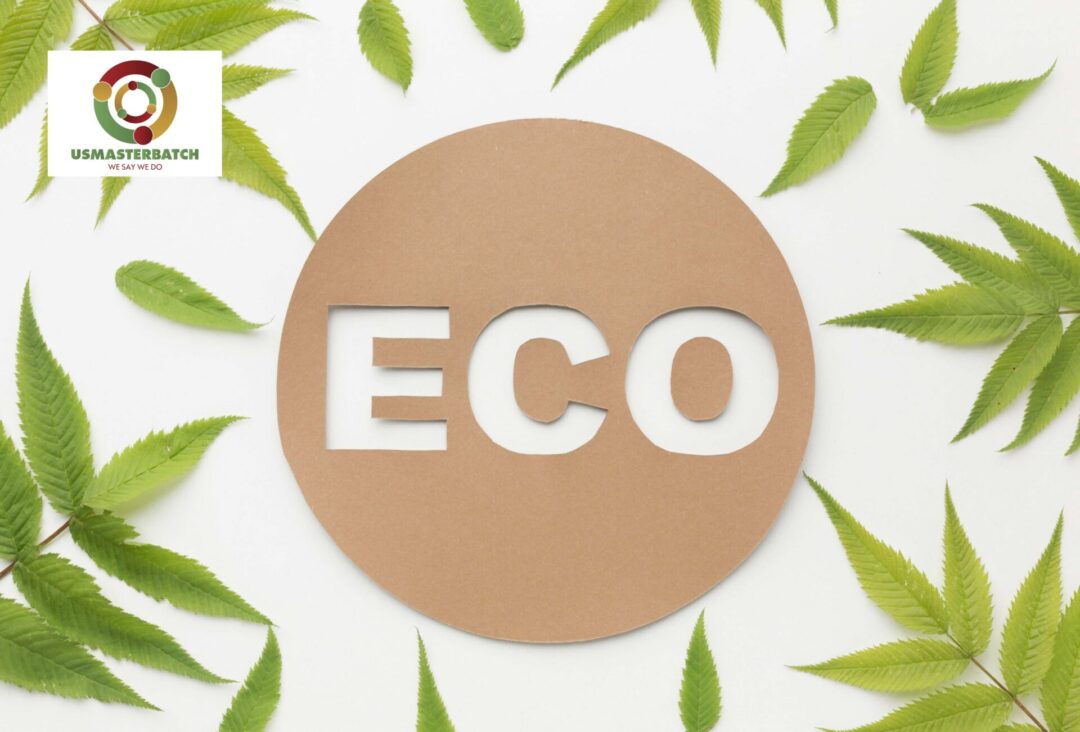
Key Benefits of Biodegradable Hemp Plastic
1. Natural degradation without long-term pollution
Its greatest advantage is biodegradability. At the end of its lifecycle, hemp plastic can break down naturally without releasing microplastics or causing long-lasting harm to soil, water, or living organisms.
2. Reduced dependence on fossil resources
Unlike traditional plastics made from petroleum — an exhaustible resource — hemp is renewable and fast-growing. This helps lower fossil fuel consumption and reduces CO₂ emissions during production.
3. Hemp as a sustainable raw material
Hemp plants offer multiple agricultural advantages:
- Short growing cycle (harvestable in 3–4 months)
- Require little water, fertilizer, or pesticides
- Adapt well to various soil conditions
- Produce high biomass and help prevent soil erosion
Compared to crops used for other bioplastics (such as corn or cassava), hemp offers higher farming efficiency and less impact on food agriculture.
4. Strong mechanical properties: durable, lightweight
Hemp cellulose has high tensile strength, allowing materials to be:
- Stronger than many natural fibers
- Impact-resistant
- Moldable into rigid or flexible forms
- Suitable for both consumer products and industrial applications
Some hemp composites have even shown higher strength than PP or ABS in certain uses.
5. Safe and non-toxic
Hemp plastic contains no BPA, phthalates, or harmful chemical additives commonly found in petroleum plastics. This makes it suitable for food-contact products, children’s items, and medical materials.
Applications of Biodegradable Hemp Plastic
Thanks to its strength, lightweight nature, and safety, hemp plastic is used across many industries:
✅ Packaging & consumer goods
- Biodegradable bags
- Food containers, cups, cutlery
- Biodegradable films and wraps
- Packaging for food, cosmetics, and organic products
With many countries tightening restrictions on single-use plastics, hemp-based packaging is preferred for its fast decomposition and non-toxicity.
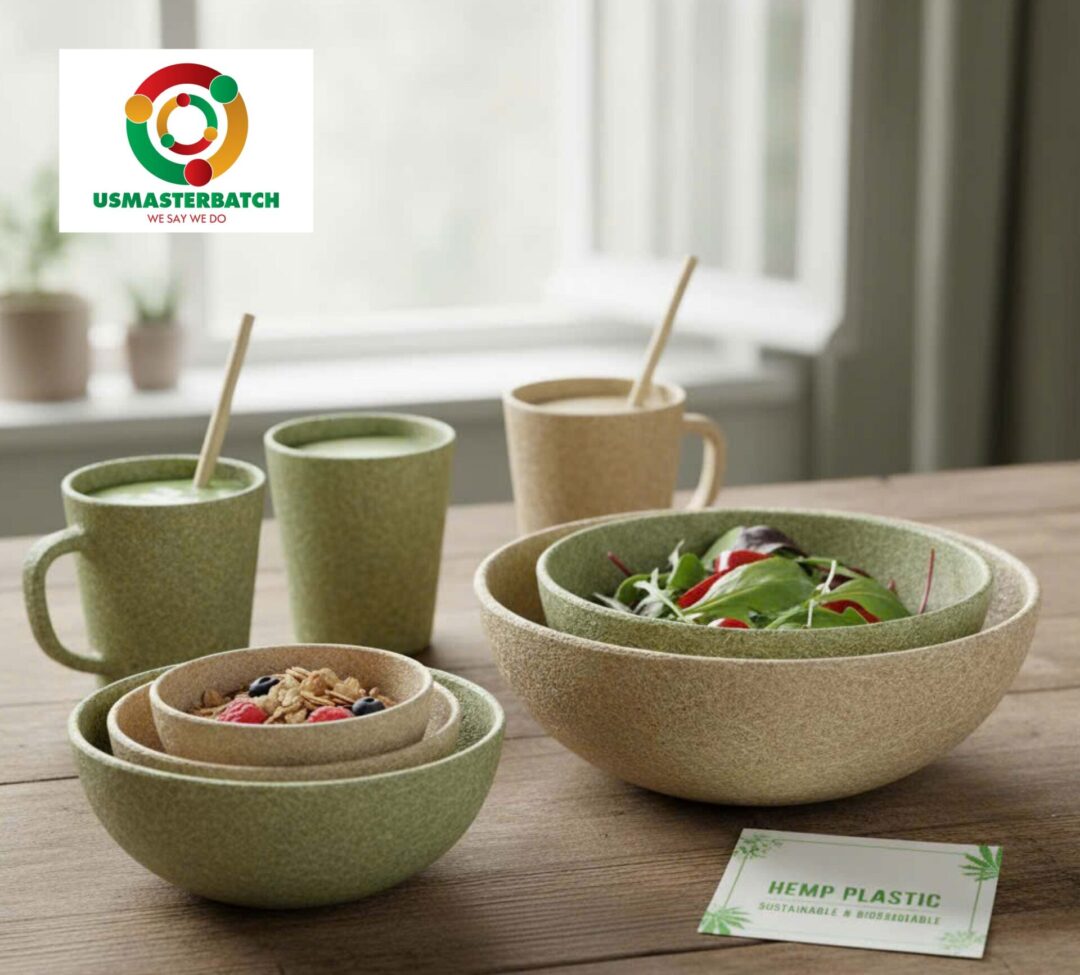
✅ Technical and industrial components
Technology companies have begun using hemp biocomposites for:
- Computer, phone, and speaker casings
- Electric vehicle and automotive parts
- Lightweight technical components
Thanks to durability and weight reduction, hemp composites are potential replacements for ABS or PC.
✅ Fashion and lifestyle products
Hemp bioplastic can be molded into:
- Eyeglass frames
- Buttons and fashion accessories
- 3D-printed products
They offer sustainability benefits and add “green value” to brands.
✅ 4. Toys and children’s products
Because it is non-toxic and safe, hemp bioplastic is suitable for educational tools, toys, and household goods.
✅ 5. Green building materials
Several companies have developed:
- Panels
- Hemp bricks
- Insulation composites
- Lightweight interiors
When blended with other bioplastics, hemp improves durability, insulation, and reduces weight compared to traditional materials.
Current Challenges
Despite its potential, biodegradable hemp plastic still faces several obstacles:
- Higher production cost compared to petroleum plastics
- Industrial-scale technology still developing
- Requires proper composting conditions (heat, humidity, microbes)
- Lack of unified global standards for biodegradation
However, growing demand for green materials, government support, and rising consumer awareness indicate that hemp plastic production will expand rapidly in the coming years.
Conclusion
Biodegradable hemp plastic is becoming a practical solution to reduce plastic pollution, protect ecosystems, and promote circular economy development. With renewable resources, biodegradability, high strength, and user safety, this material is gaining wide adoption in packaging, consumer goods, fashion, and manufacturing.
As technology improves and production scales up, hemp plastic may become a mainstream replacement for petroleum-based plastics, helping build a greener and more sustainable planet.

